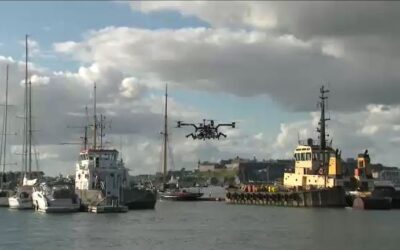Thousands of private renters in Hackney face eviction and potentially homelessness as the council says it is unable to make housing benefit payments due to a cyber attack earlier this week.
The council was hit on Tuesday morning by what Mayor Philip Glanville described as a “serious cyber attack” which continues to leave many of its services and IT systems unavailable.
In an update regarding the incident published late on Friday, the council warned it was unable to make some payments, including discretionary housing payments, certain supplier payments, and housing benefit.
Those impacted by the inability to make these payments are being encouraged to contact the council directly.
The type of cyber attack has not been confirmed and the council said it would not publish more details about the attack in order to prevent assisting the attackers, but it has reported a data breach to the Information Commissioner’s Office.
Advertisement
It stated: “Key essential services, including our coronavirus response, continue to operate, but some of our services may be unavailable or disrupted for some time.”
The council has not stated how long it expected the disruption to last for, nor did it respond to Sky News’ request for comment about the impact of being unable to make housing benefit payments.
More from London
“With so many people facing housing insecurity due to the economic shock of the pandemic, housing payments are more critical than ever,” warned Greg Beales, the director of campaigns at housing charity Shelter.
“Local residents must not be put at risk as a result of this attack. It’s vital that housing payments are prioritised as services are restored,” Mr Beales added.
While the majority of private renters who receive assistance with their rents will receive it under Universal Credit, run by the Department for Work and Pensions, thousands are believed to be using the council-funded support scheme.
A spokesperson for the Ministry for Housing told Sky News: “The government is working closely with Hackney Borough Council to provide advice and support and ensure vital services are protected.
“Safeguarding frontline services remains the council’s priority,” the government spokesperson added.
If you would like to contact Alexander Martin, you can reach him securely using the private messaging app Signal on +44 (0)7970 376 704 or at [email protected]










